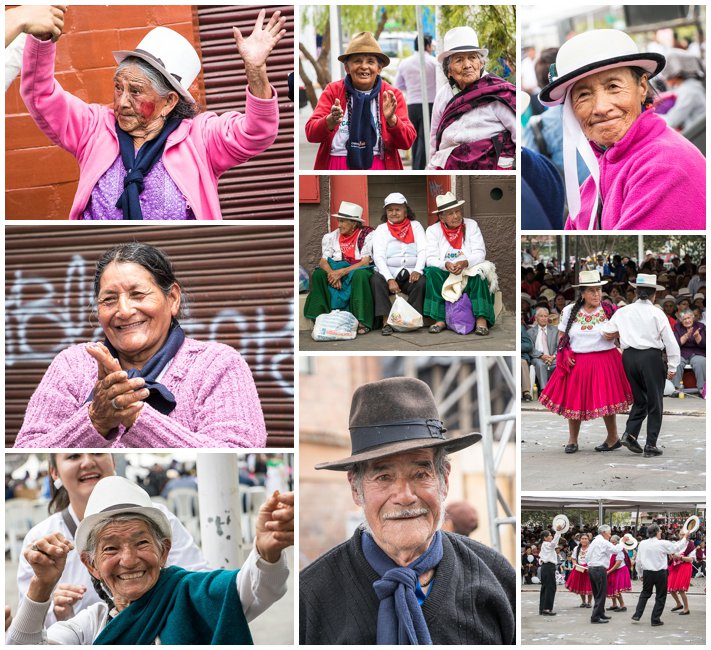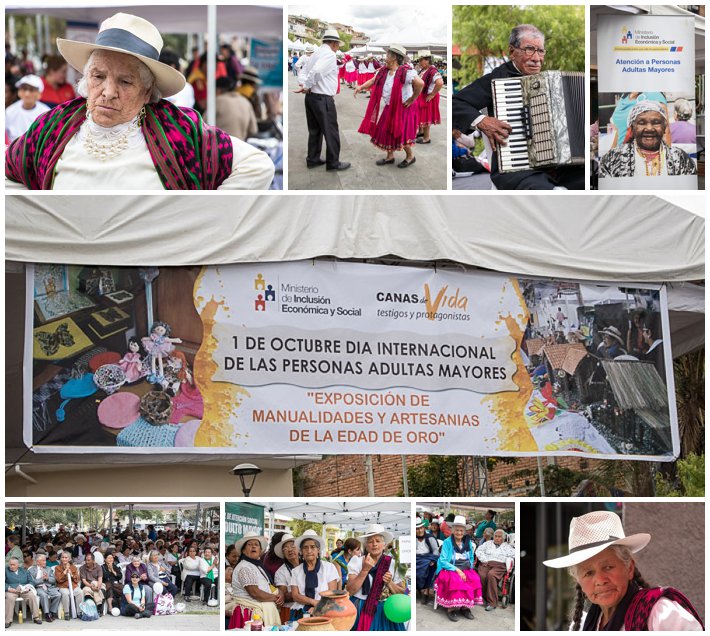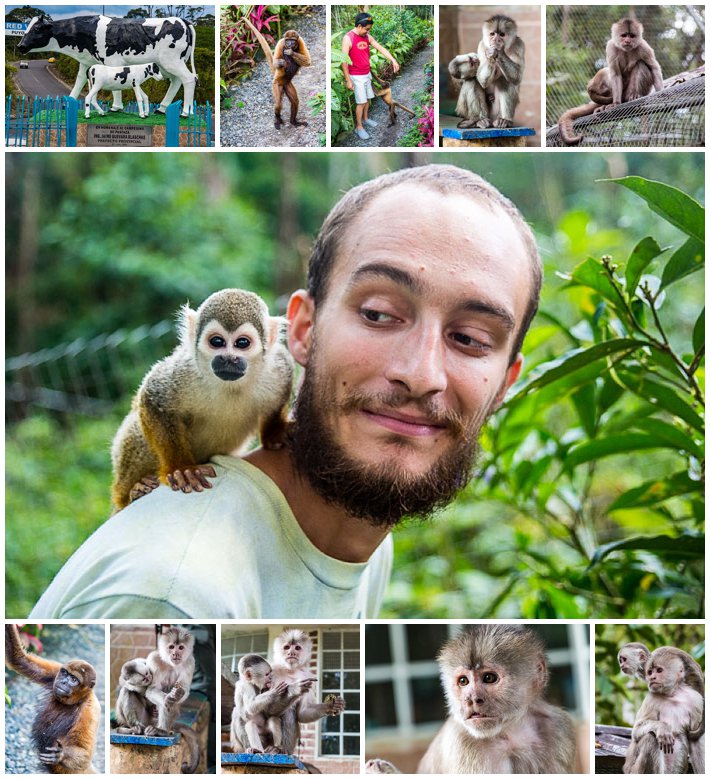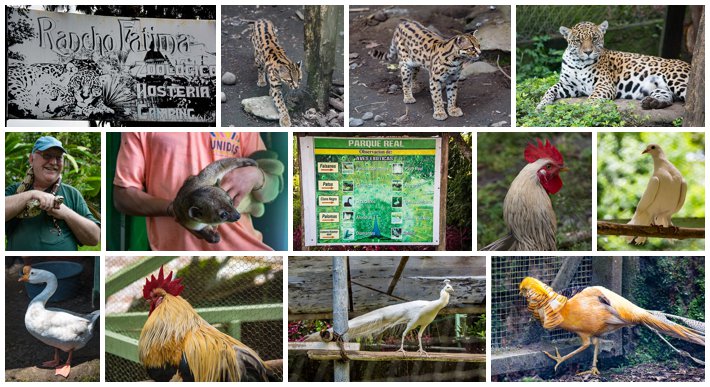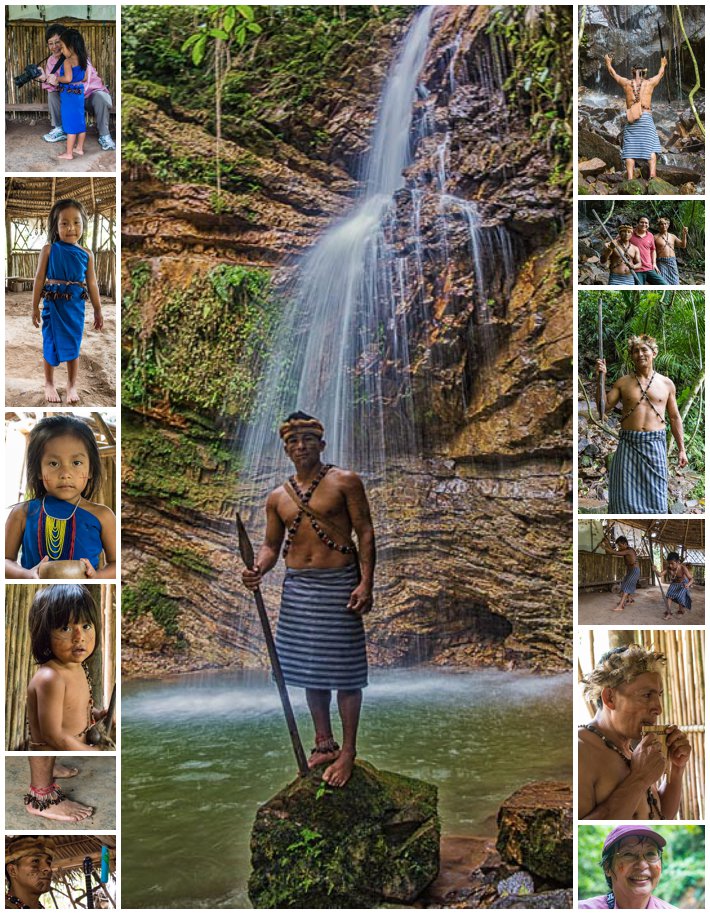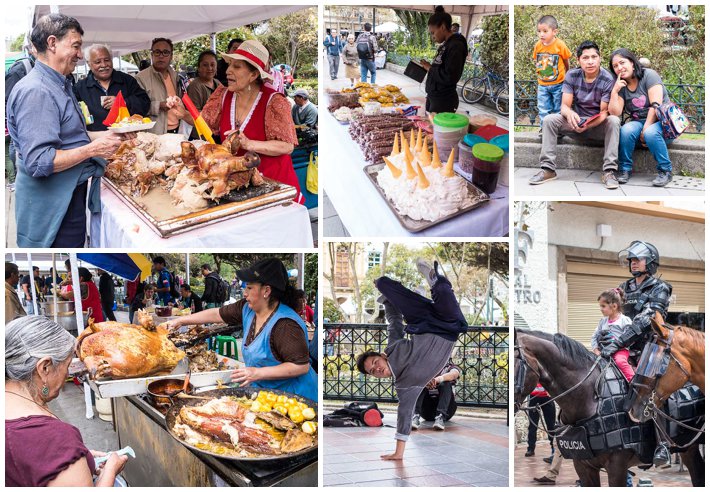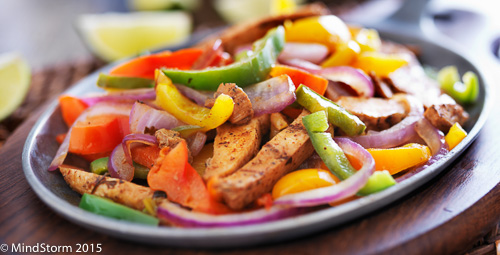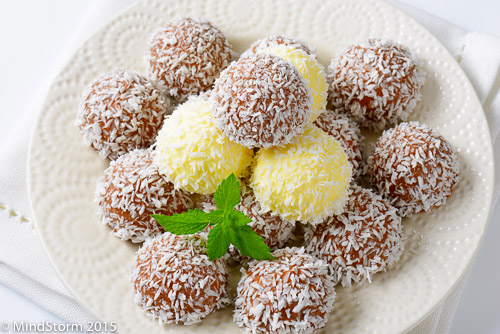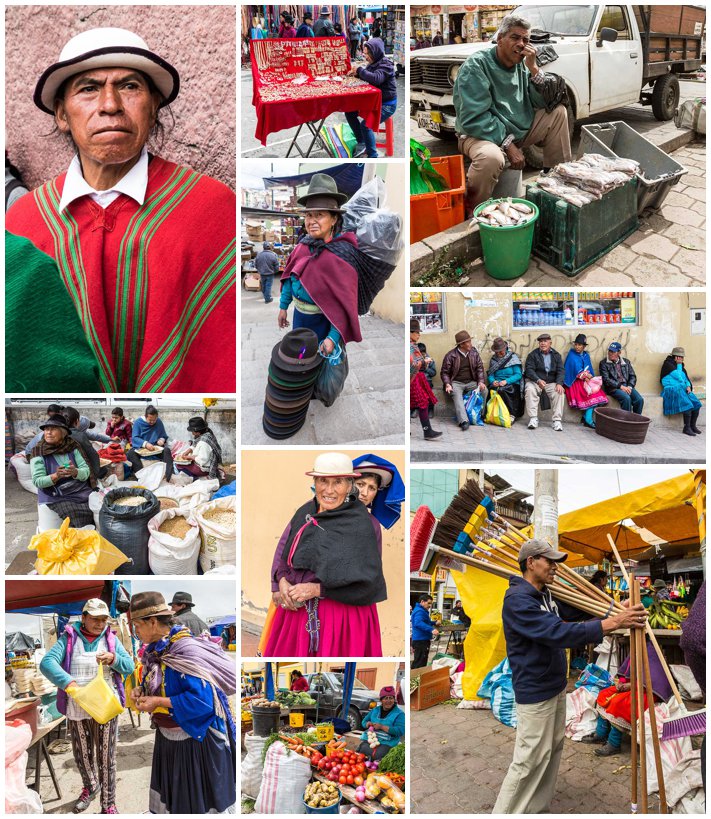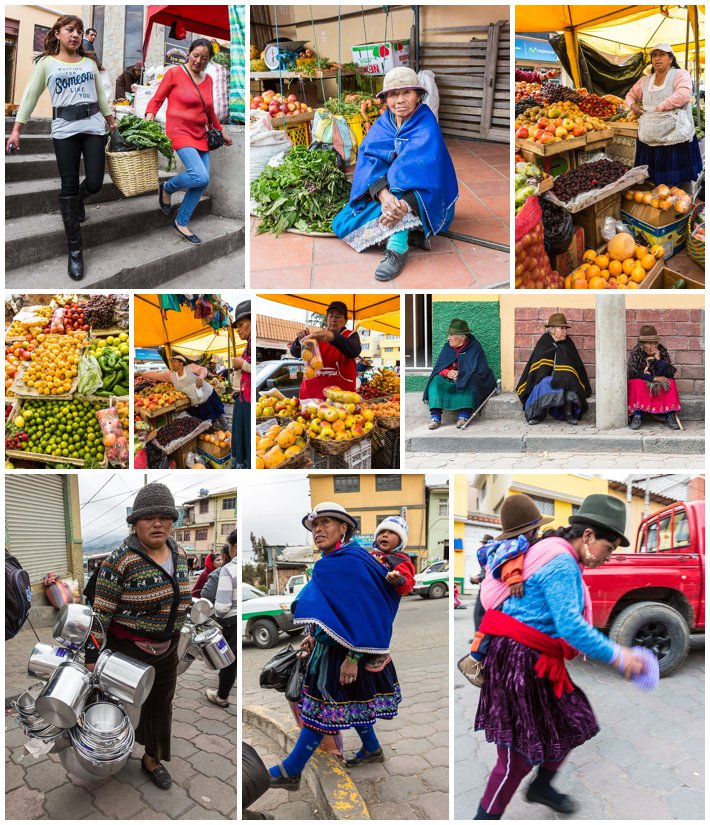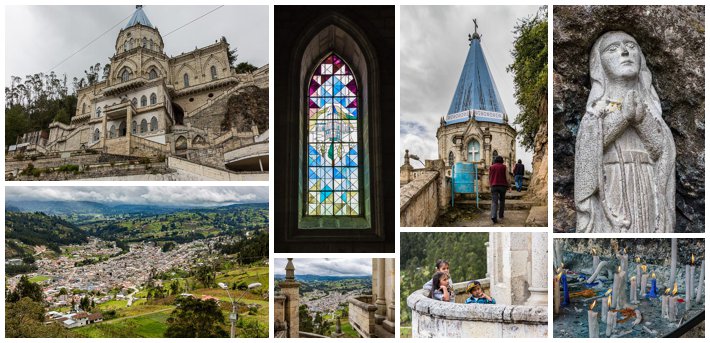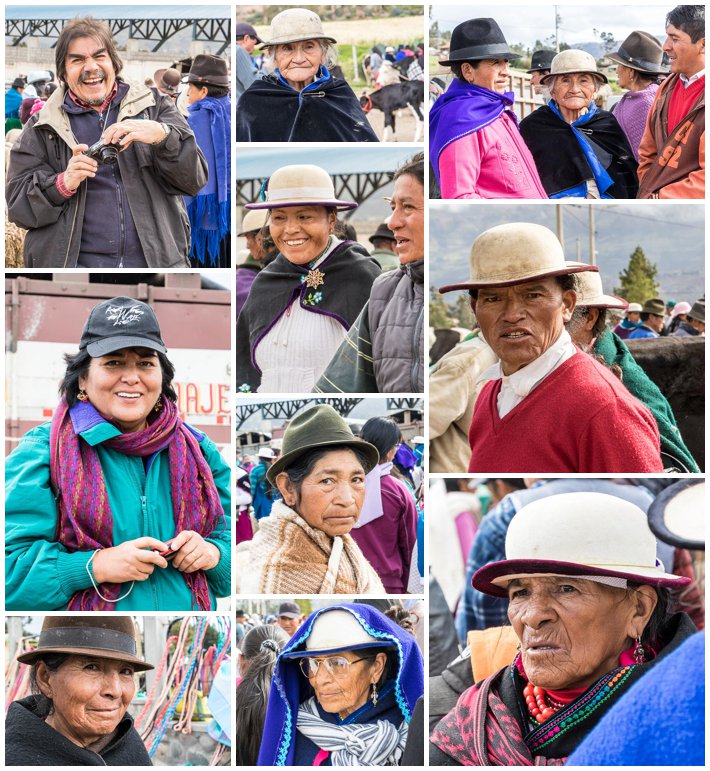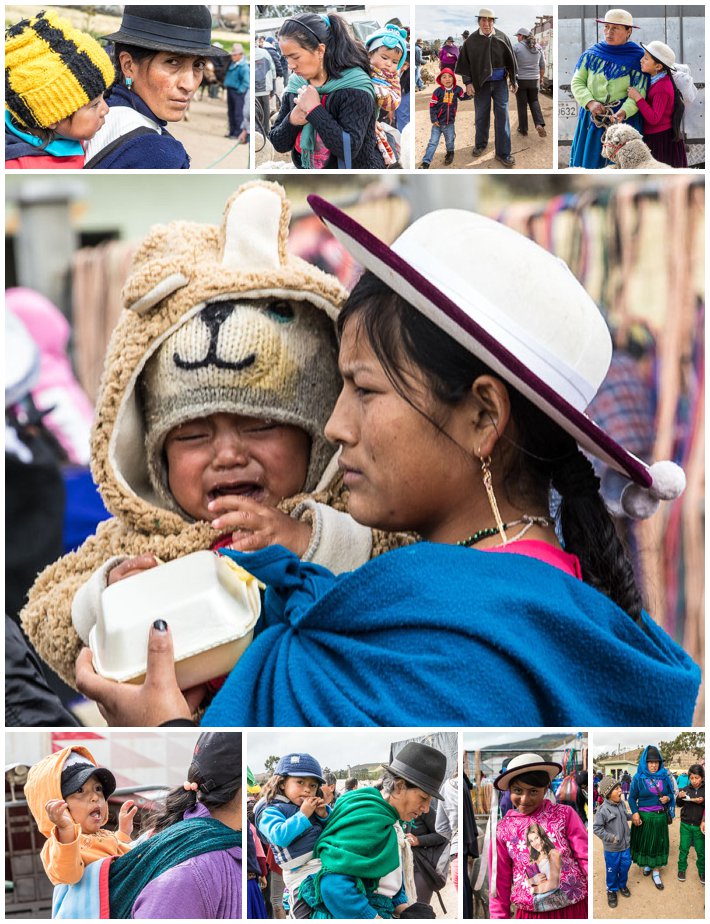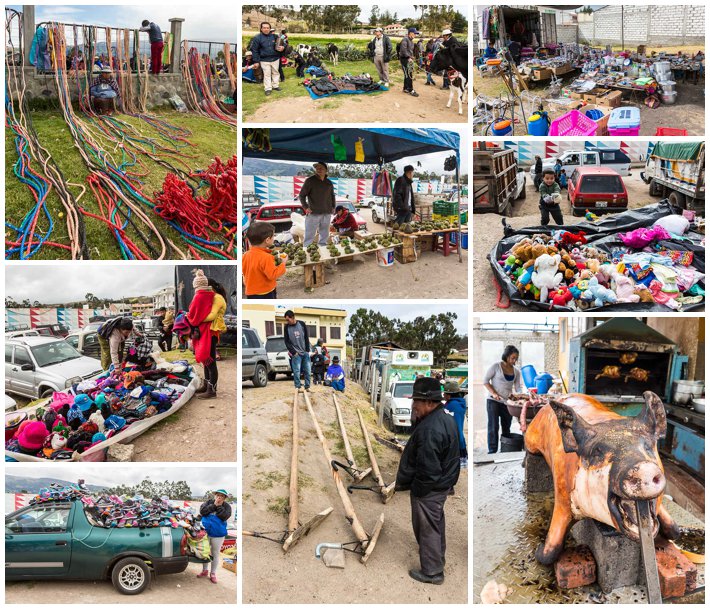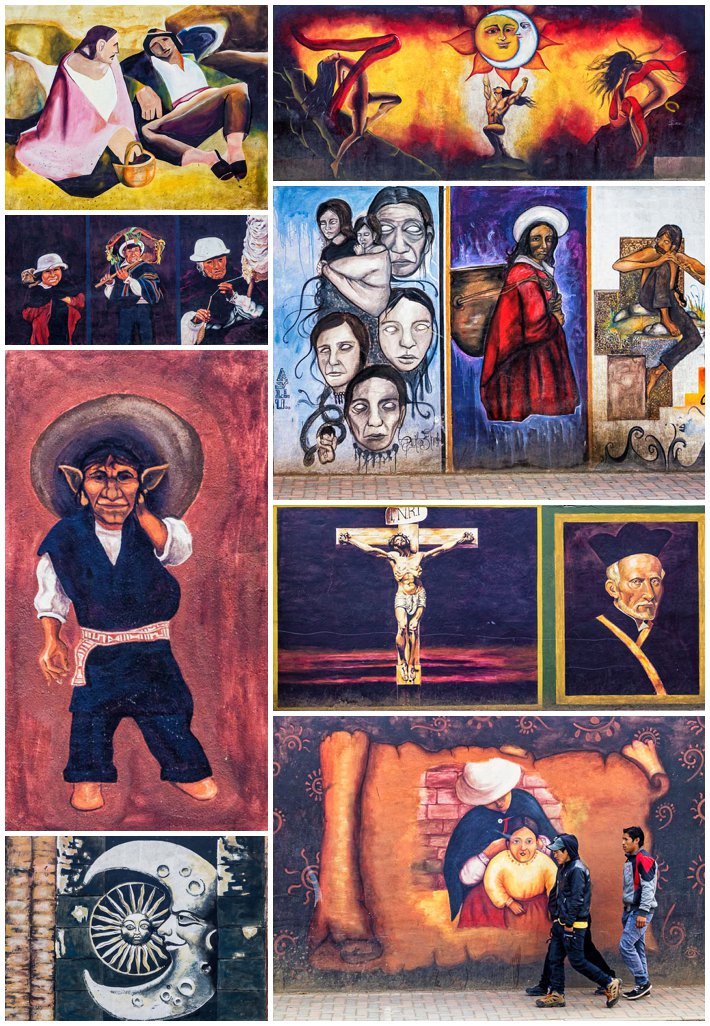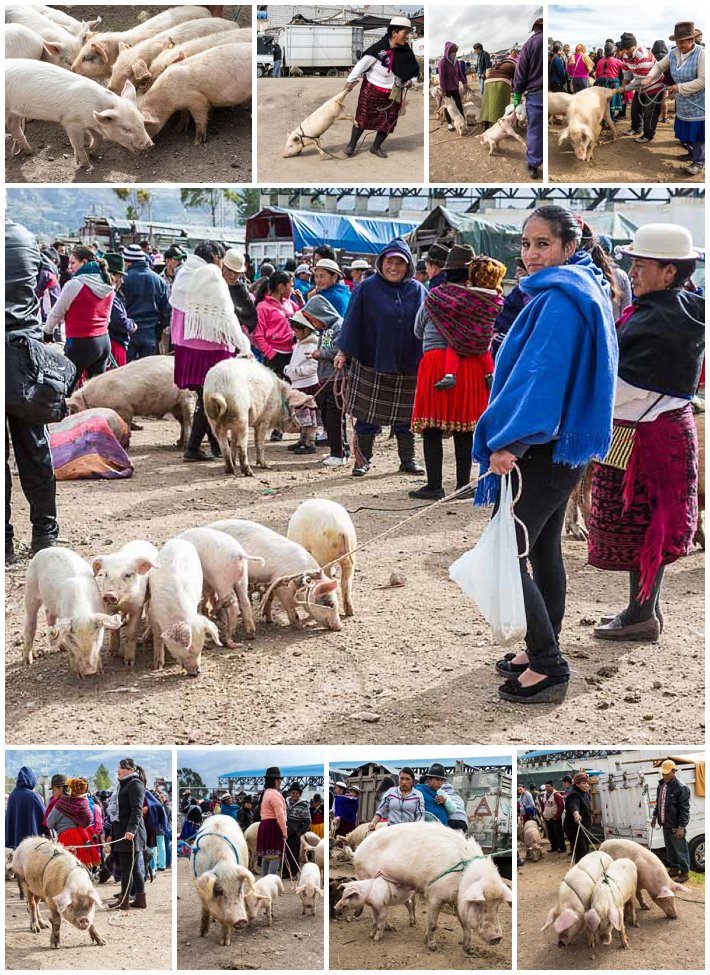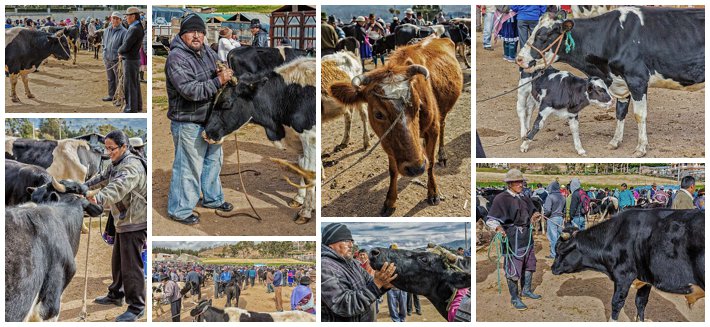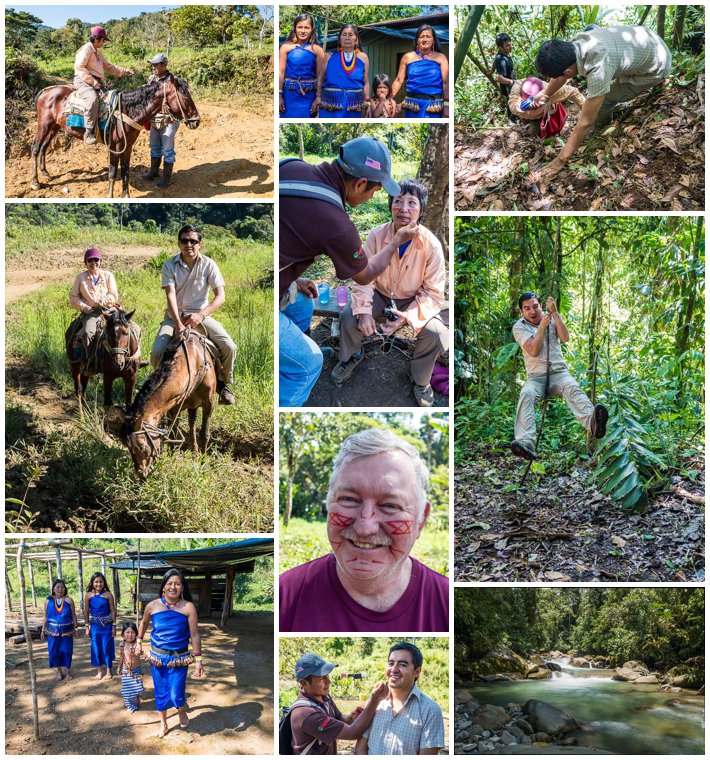
On our final full day in the Secúa area, Evelyn wanted to get more experience with the Shuar community (who were known for their process for shrinking heads as recently as the 1950’s), so Gabriel arranged for a more in-depth visit with another family. This family was far more remote than the one we visited on the first day. After an hour drive by 4 wheel drive across unpaved roads, we were dropped off in the middle of nowhere. There was a guide with horses for us to go the rest of the way, because the car could go no further.
We then rode horseback for another hour, across impossibly rutted roads with the horse sinking up past his knees in mud (do horses have knees?). In some parts, there was no road at all. After an hour, we got off the horses — because it became too steep for even them to go further! The last part on foot was only a couple hundred meters to the family’s two room hut, and we were finally there. We were greeted by the patrician, who explained in passable English that he wanted to build a Shuar experience destination for visitors to come, but that not much was in place yet, not even the compost outhouses (we used the nearest tree as needed).
The rest of the family was dressed in their best blue dresses for the gringos that had come for a few hours. We were first painted with traditional face styles. Next we went on a surprisingly arduous hike through the rain forest, down to the river. The hike had several places that were essentially vertical for 3 or 4 meters (10+ feet), requiring small footholds and grasping on protruding tree trunks and branches. We then had to scramble back up the same route, back to their home.
The tour was to include fishing. However, when we got to the river, one member of the tribe went upstream, out of sight, and caught a small trout via spear fishing. We did not really fish at all, and his fishing was done entirely out of sight from us, so we had little more than a rest on a rock on the river. When I gave feedback that he should at least be doing this in our vision, so we could see how it was done, the leader clearly had no idea why I would want that. They have some work to do on their “experience” yet, including learning that many older gringos would not have survived a hike of that nature at all.
The “experience” was also to include a lunch. We were served a thin broth with a small piece of chicken bone in it… and that was all. Though not obese by any stretch, the family was clearly well enough fed that they must have eaten far more than we were offered. Overall, I am afraid that I cannot recommend this portion of the trip, and think the first day’s quick meet-and-greet was actually the better alternative.
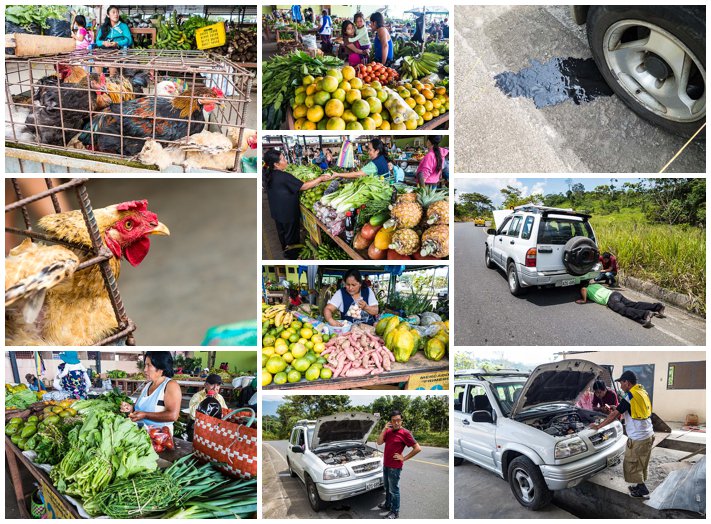 The next day we stopped by the local Sucúa mercado for a quick look at what an Amazonian native market was like. It was pretty much the same as our mercado in Cuenca, albeit much smaller.
The next day we stopped by the local Sucúa mercado for a quick look at what an Amazonian native market was like. It was pretty much the same as our mercado in Cuenca, albeit much smaller.
The person we had arranged this trip with just disappeared the night before. No word to anyone. Gone. Seems he decided he had to be back in Cuenca for some other business, but never bothered to tell anyone — including our driver. Fortunately, he left his driver behind, so we had a car to get back to Cuenca… or so we thought.
We had noticed a bad noise in the car for the entire trip. Sounded like a transmission problem to me. Sure enough, part way back to Cuenca, the car suddenly started smoking seriously bad. Pulled over to the side, and there was transmission fluid leaking onto the road. A Good Samaritan stopped (we were out of cell phone range), and drove Gabriel (our driver) back to the town we had just passed. Several hours later, the car had been driven (very slowly, and downhill) back to a mechanic in town. More hours passed and they determined that it needed parts that could not be gotten for at least another day.
We ended up having to pay another $80 to the garage mechanic to drive us home. An unexpected and undesired additional cost and delay. But what the heck, this is Ecuador — where everything is possible and nothing is for sure! ☺
